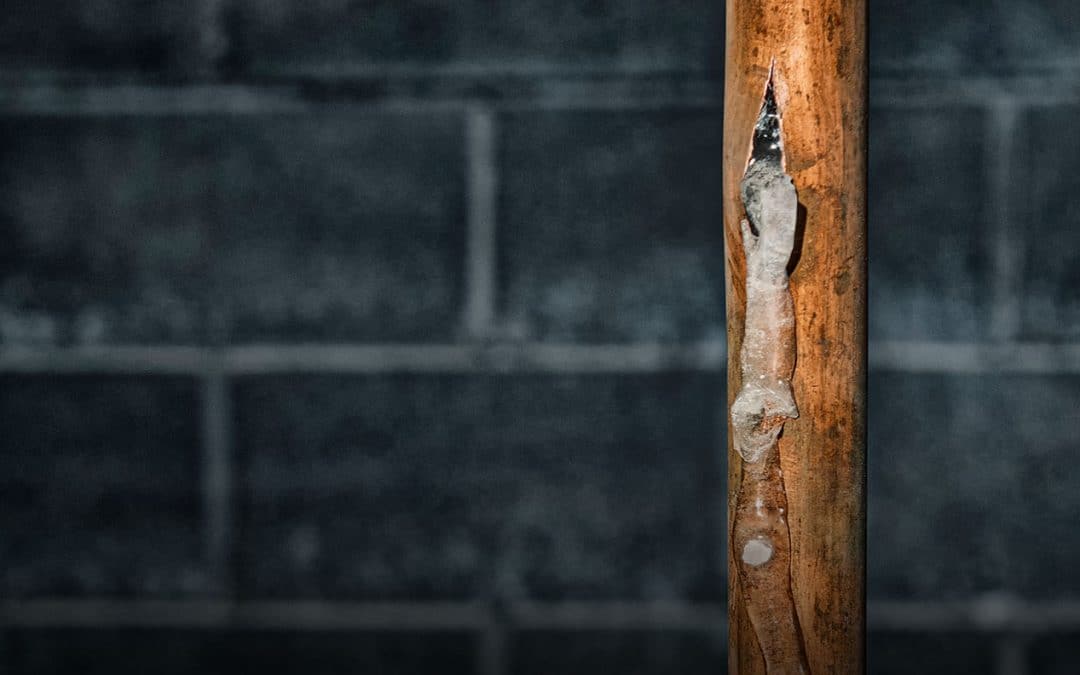Protect yourself during the storm, then save the fridge
Drenched and running for shelter you hear the rumble of thunder, followed by the crackle of lightning. You (hopefully) know you need to get inside quickly.
But even if you’re safely tucked away comfortably on your couch with your favorite beverage, your TV, fridge and computer may not be so safe during the storm. Even if a lightning strike doesn’t hit your house directly, currents can find their way inside and cause real damage. The house is susceptible to fire and electric appliances can be damaged by power surges.
The most frightening event is a direct hit to your house. It’s something you’ll never forget, possibly shattering windows and causing a fire. The most common strike, though, is lightning hitting an off-site transformer and traveling through the utility wires to your home. Although there is nothing a homeowner can do to prevent the event itself, you can do some things to protect your property.
If you see a storm coming and hear the first crack of thunder, it is recommended that you put your vehicles in the garage and unplug as many electronics as possible. Separating the electronic device from the base power will sever the travel path of the power surge.
That’s an important start. Here are three other preventive measures.
1. Contact your electricity provider about meter-mounted surge protection. If this option is in accordance with your utility provider’s restrictions you can hire a certified electrician to mount a surge protector along your incoming electrical line, just before your meter. The utility company may even offer to install the device. Never attempt to do this yourself.
2. Make sure you have power cords plugged into proper surge protectors listed UL Standard 1449. With surge protectors, the higher the joules the better. Think of it like a reservoir of protection. If a product has 1,000 joules of protection that means it can take ten 100 joule hits, or one 1,000 joule hit. Surge Protectors do not last forever, like light bulbs they need to be replaced every few years when they wear out. The newest generation of surge protectors cut off power when they can no longer protect devices and some offer insurance for connected devices.
3. If you live in an area that experiences frequent storms, explore installing a lightning protection system to mitigate the damage of a direct strike. A lightning protection system provides a good, safe path to ground for the lightning to follow. Its air terminals, cables and ground rods work together to carry the immense currents away from the structure, preventing fire and most appliance damage
Should you experience a strike and a subsequent power surge, don’t go near downed or live wires. Practice safety above all else. Contact your fire department if there is a fire and your utility company if you have downed wires or experienced a power outage.
If your property or appliances have been damaged, take photos of any damage when it is safe to do so, and contact your insurance agent to discuss the options available to you under your homeowners insurance policy.
It should also be noted that not all power surges are caused by storms. They can also come from inside the home when your bigger appliances – like air conditioners and refrigerators – are turned on or off. They can also occur when the utility provider switches over the power grid.
Taking necessary precautions to protect yourself and your home is always a good way to ensure you and your family stay as safe as possible while reducing the potential for damage to your home.


